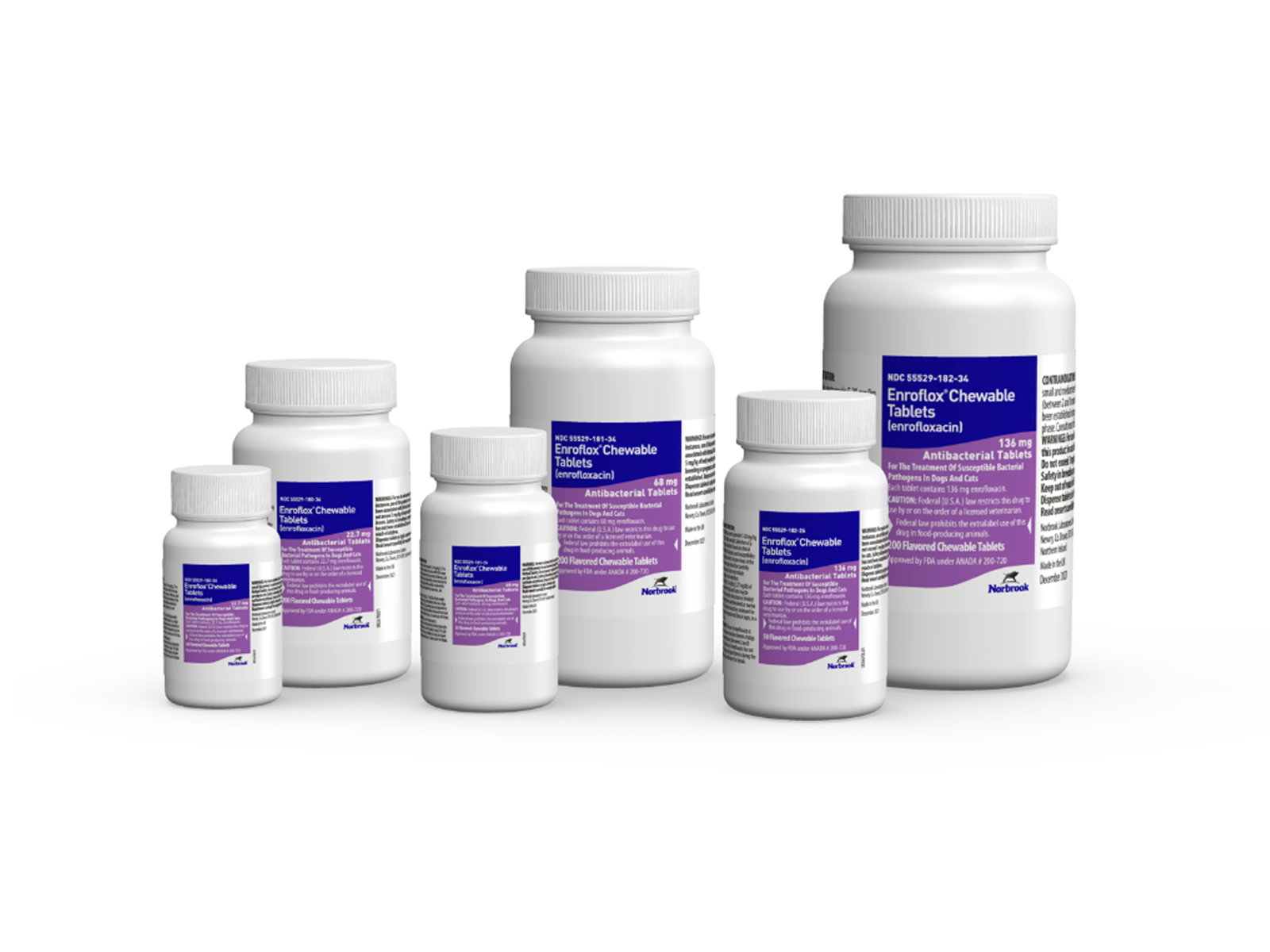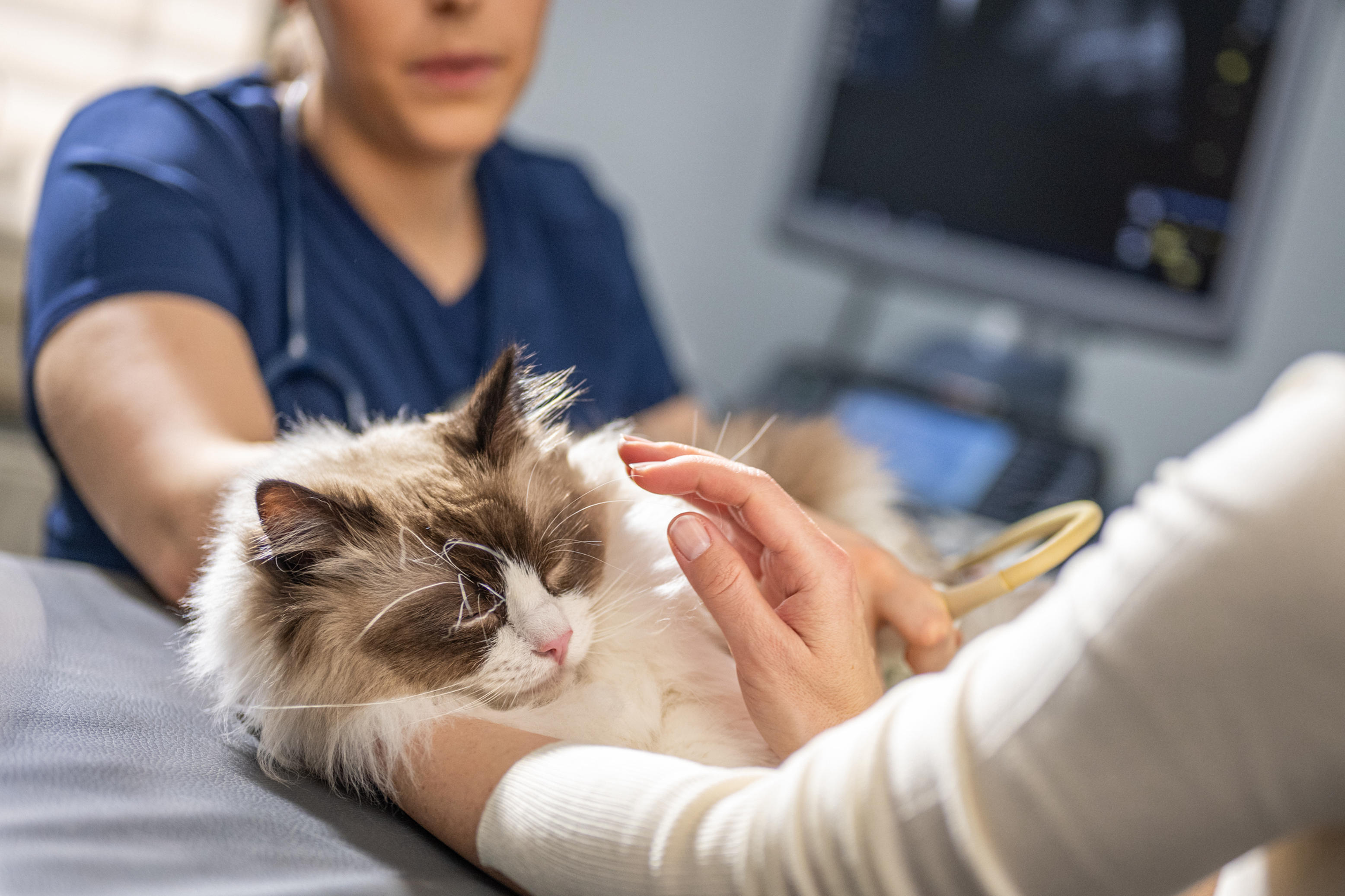
Internal Infections in Cats
Infections in Cats
Infections are a common problem for cats. Infections can be caused by bacteria, fungi, or viruses. They might be external or internal and will often require treatment with an appropriate medication that can only be prescribed by a veterinarian.
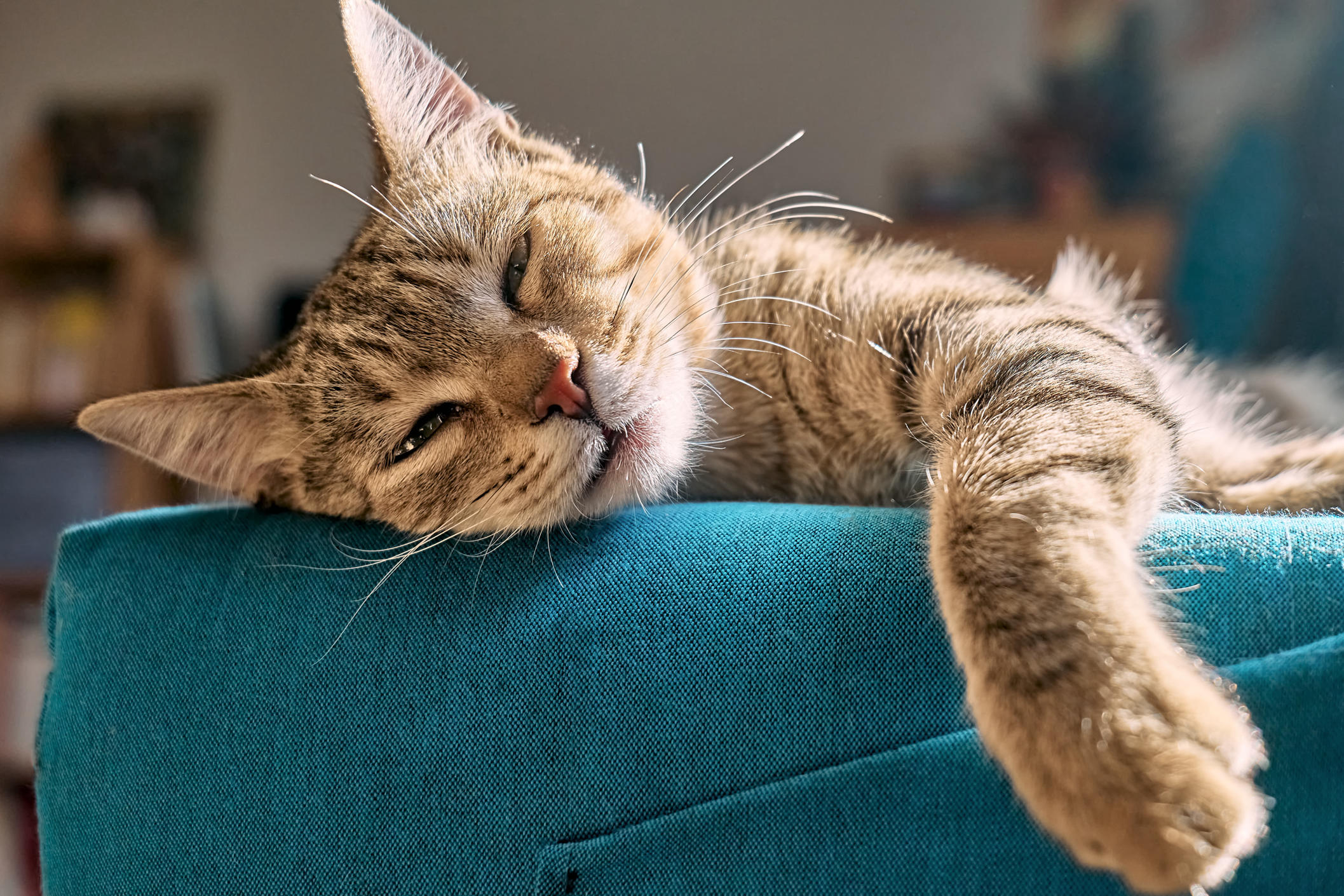
Internal Infections
Internal infections may be more difficult to spot than external infections because you cannot always see the signs. Like humans, animals can be affected by a variety of internal infections, and some of the most common include:
-
Urinary tract infections (UTIs)
-
Gastrointestinal infection
-
Respiratory infections
Signs of infection can include (but are not limited to):
-
High body temperature
-
Lethargy
-
Decreased appetite
-
Change in breathing rate
-
Blood in feces or urine
-
Signs that your animal may be in pain
learn more by visiting our Pain In Cats page. If you are worried that your cat might have an infection, always consult a veterinarian as soon as possible.
Surgery
Any kind of surgery poses the risk of infection, although some procedures are more high risk than others. If the veterinarian feels that there is a high likelihood of infection occurring, they may administer antibiotics before starting the procedure. It is common for low-risk procedures such as neutering or minor operations to be conducted without antibiotics.
The veterinarian may prescribe ongoing oral antibiotics after surgery if deemed necessary.
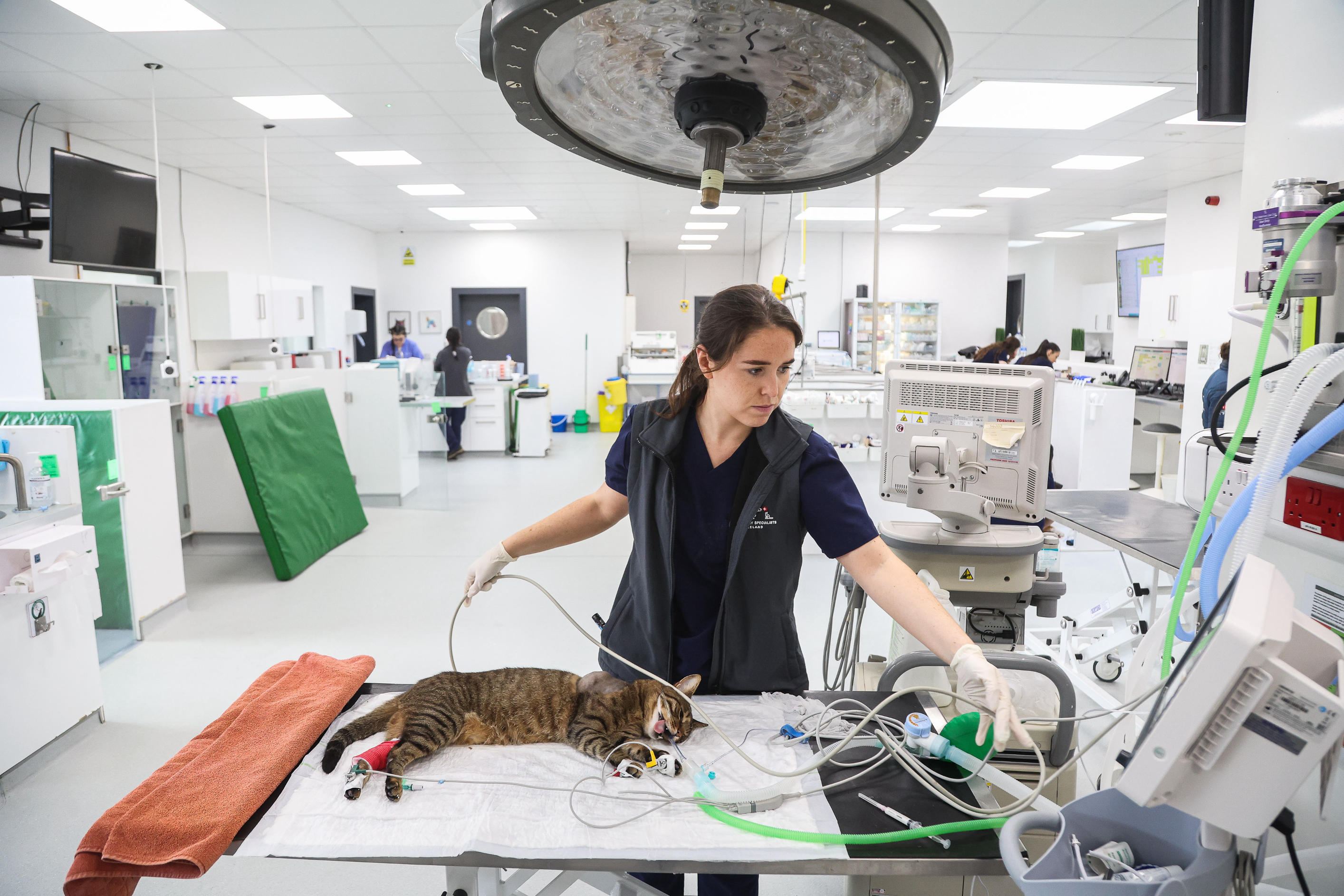
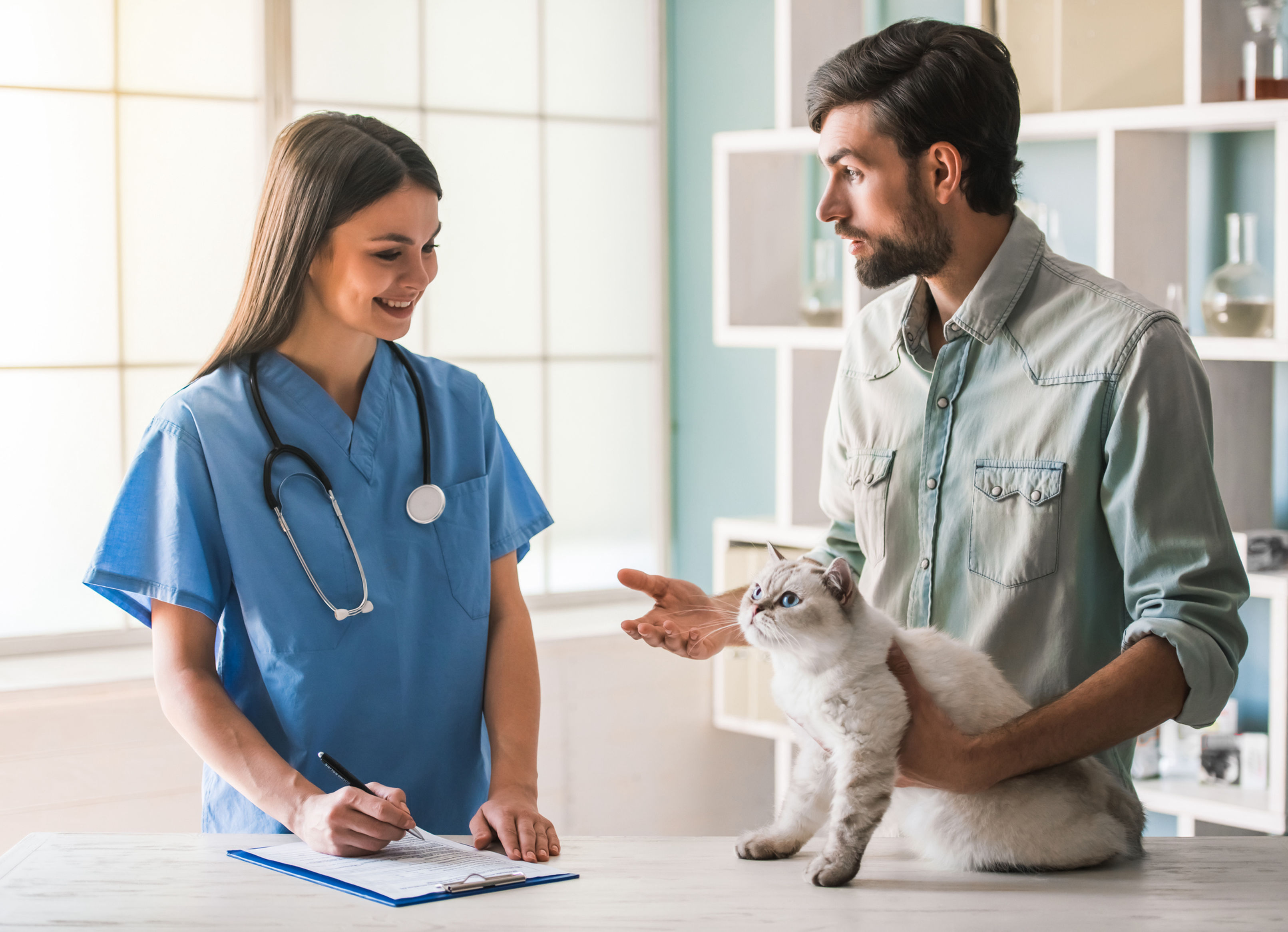
Treatment
Treatment for both internal and external infections can only be prescribed by a veterinarian. The veterinarian will conduct a full clinical examination, which may include further diagnostics such as a blood profile, urinalysis, or imaging before deciding upon appropriate treatment.
It is important to always administer treatment according to the prescription and finish the full course of treatment even if you are seeing significant improvement in your cat. Not doing so, could result in a treatment failure or an exacerbation of the condition you are trying to treat.
Antibiotic Resistance
Antibiotic or antimicrobial resistance is a global concern for human and animal health. Due in part to overuse and misuse, some antibiotics are losing their effectiveness against bacteria that they were once able to treat. This means that some antibiotics may no longer be effective at killing or disabling bacteria, leading to progression of infection.
Responsible use of antibiotics is extremely important for the future of human and animal health. This means that if antibiotics are prescribed, they should be given to the patient intended as per the prescription instructions and for the full duration of time.
Safety Information
Enroflox® (enrofloxacin) Chewable Tablets
CAUTION: Federal (U.S.A.) law restricts this drug to use by or on the order of a licensed veterinarian. In rare instances, use of this product in cats has been associated with retinal toxicity. Do not exceed 2.27 mg/lb of body weight per day in cats. Observe label directions and see product labeling here for full product information.
The Norbrook logo and Enroflox are registered trademarks of Norbrook Laboratories Limited.
720-25-135



